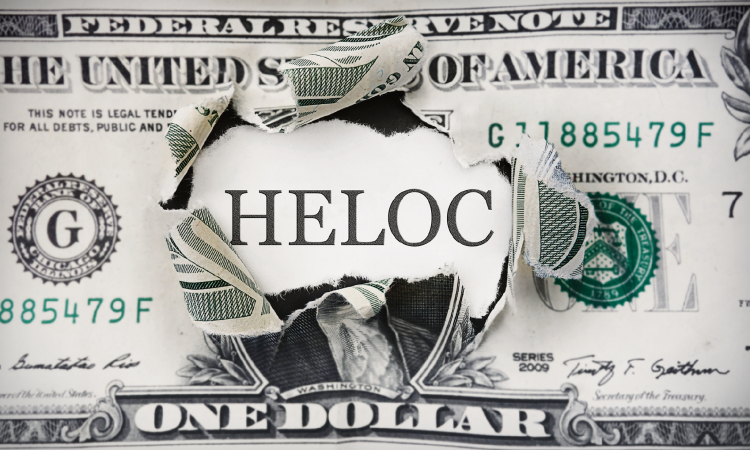The IRS has confirmed it: interest on home equity lines of credit is tax deductible, kind of.

On February 21, the Internal Revenue Service finally gave the remodeling industry the news it was waiting for regarding tax deductions on interest paid on home equity indebtedness, and specifically for home equity lines of credit (HELOCs).

The Tax Cuts and Jobs Act of 2017 eliminated interest deductions for HELOCs (as well as for the two other common forms home equity indebtedness: home equity loans and secondary mortgages), causing confusion among tax payers and the construction industry, since in most cases, mortgage loans to buy or build a home were still deductible.
The IRS has now clarified the law to allow deductions on HELOCs and all home equity indebtedness “used to buy, build or substantially improve the taxpayer’s home.”
It goes on to specify that, “under the new law, for example, interest on a [HELOC] used to build an addition to an existing home is typically deductible, while interest on the same loan used to pay personal living expenses, such as credit card debts, is not.”
Reactions to the news was immediate and positive.
“This is a major victory for remodelers and for home owners who want to invest in their homes,” stated NAHB chairman, Randy Noel. “[We have] been pushing hard for this outcome since December, when The Tax Cuts and Jobs Act of 2017 was signed into law. ”
This Is Your HELOC On TCJA
To really understand what all this means, let’s go back, briefly, to the beginning.
In 1913, the U.S. government created income tax as we know it today. From back then all the way to 1986, Americans could deduct interest from almost any loan, including credit cards, student debt, and car payments. The logic at the time was that interest payments were “an expense of earning business and investment income,” according to the Urban Institute.
Then came the Tax Reform Act of 1986, which reduced that deductibility to just the interest paid on mortgages. That in turn was further split into two types of debt: acquisition and home equity.
Acquisition debt is mostly seen as a loan to either build or purchase a home—and that interest is still deductible under TCJA, though the ceiling (for couples filing jointly) has been dropped from $1 million to $750,000. Home equity debt on the other hand comes from a loan that’s secured by a residence but not necessarily for the purpose of acquisition. When the Senate added a late-in-the-process amendment to the TCJA eliminating the HELOC deduction everyone held their breath hoping that it wouldn’t stick.
It was the argument of lobbyists and banks that under the right circumstances, HELOCs should be treated as acquisition indebtedness. This is because in defining the term, the IRS has always described it as debt “incurred in acquiring, constructing, or substantially improving any qualified residence of the taxpayer.” Now we know for sure that the IRS agrees.
The Extent of the Damage
The good news is that this probably won’t affect remodelers all too much.
“There are going to be many fewer people itemizing because of the standard deduction,” says Dan Bawden, president and CEO of Houston-based Legal Eagle Contractors, and the 2017 NAHB Remodelers chairman. “I don’t think the HELOC change is going to be that big a deal.”
The new standard deduction (i.e., the amount of a person’s income not subject to tax, if they’re not itemizing) is a trademark of the new bill, and one that helped sell its passage.
For a couple filing jointly in 2017, the standard deduction was $13,000. In 2018, the same couple would deduct $24,000. Nearly two-thirds of households already took the standard deduction in 2013, according to the most recent IRS data, and the new rules are basically a further disincentive to itemize.
About the Business
Have a question? Ask the experts!
Send your question

